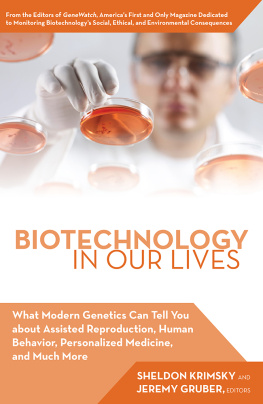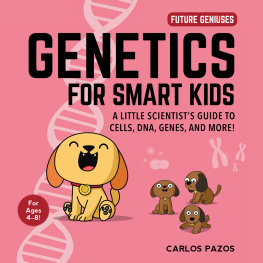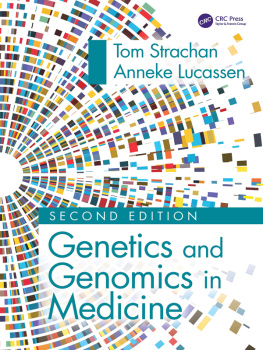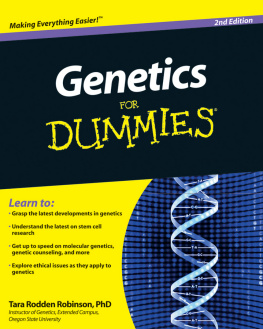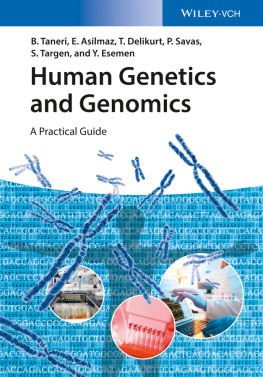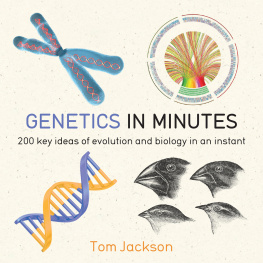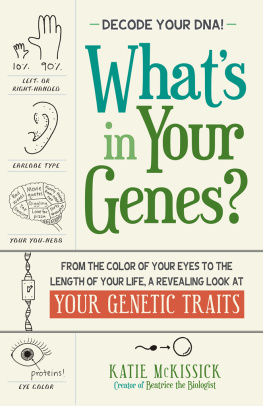Contents
Guide
Thank you for downloading this Simon & Schuster ebook.
Get a FREE ebook when you join our mailing list. Plus, get updates on new releases, deals, recommended reads, and more from Simon & Schuster. Click below to sign up and see terms and conditions.
CLICK HERE TO SIGN UP
Already a subscriber? Provide your email again so we can register this ebook and send you more of what you like to read. You will continue to receive exclusive offers in your inbox.
We hope you enjoyed reading this Simon & Schuster ebook.
Get a FREE ebook when you join our mailing list. Plus, get updates on new releases, deals, recommended reads, and more from Simon & Schuster. Click below to sign up and see terms and conditions.
CLICK HERE TO SIGN UP
Already a subscriber? Provide your email again so we can register this ebook and send you more of what you like to read. You will continue to receive exclusive offers in your inbox.

Adams Media
An Imprint of Simon & Schuster, Inc.
57 Littlefield Street
Avon, Massachusetts 02322
www.SimonandSchuster.com
Copyright 2018 by Simon & Schuster, Inc.
All rights reserved, including the right to reproduce this book or portions thereof in any form whatsoever. For information address Adams Media Subsidiary Rights Department, 1230 Avenue of the Americas, New York, NY 10020.
First Adams Media hardcover edition July 2018
ADAMS MEDIA and colophon are trademarks of Simon & Schuster.
For information about special discounts for bulk purchases, please contact Simon & Schuster Special Sales at 1-866-506-1949 or .
The Simon & Schuster Speakers Bureau can bring authors to your live event. For more information or to book an event contact the Simon & Schuster Speakers Bureau at 1-866-248-3049 or visit our website at www.simonspeakers.com.
Cover design by Katrina Machado
Cover images Clipart.Com; Getty Images/Saemilee, Sfischka
Library of Congress Cataloging-in-Publication Data
Skwarecki, Beth, author.
Genetics 101 / Beth Skwarecki.
Avon, Massachusetts: Adams Media, 2018.
Series: Adams 101.
Includes index.
LCCN 2018011664 (print) | LCCN 2018012734 (ebook) | ISBN 9781507207642 (hc) | ISBN 9781507207659 (ebook)
LCSH: Genetics--Popular works. | Science--Popular works. | BISAC: SCIENCE / Life Sciences / Genetics & Genomics. | SCIENCE / Life Sciences / Human Anatomy & Physiology. | SCIENCE / General.
LCC QH437 (ebook) | LCC QH437 .S59 2018 (print) | DDC 572.8--dc23
LC record available at https://lccn.loc.gov/2018011664
ISBN 978-1-5072-0764-2
ISBN 978-1-5072-0765-9 (ebook)
Many of the designations used by manufacturers and sellers to distinguish their products are claimed as trademarks. Where those designations appear in this book and Simon & Schuster, Inc., was aware of a trademark claim, the designations have been printed with initial capital letters.
INTRODUCTION
Less than two centuries ago, all people really knew about genetics was that children tend to look like their parents and that careful breeding of dogs or horses or crops can result in bigger and better dogs or horses or crops. Weve learned a lot since then.
In the 1800s, a monk named Gregor Mendel figured out that traits of pea plantslike whether peas were yellow or greenwere passed down from parent to child in a way that could sometimes hide traits so they appeared to skip a generation. He figured out how to predict whether and when a hidden trait would show up next.
Around the same time, naturalist Charles Darwin figured out that species evolve over time. The traits of pets and crops are influenced by a farmer who breeds them, but according to Darwins theory of evolution by natural selection, it is nature, rather than human judgment, that determines which creatures live long enough to have offspring. Darwin knew the whole idea hinged on some mysterious way that parents can pass down traits to their children, but he had no idea how that might work.
And then, in the 1950s, Rosalind Franklin managed to form DNA into a crystal and take an x-ray photograph that revealed its structure. James Watson and Francis Crick built on her work to deduce that the DNA molecule had the shape of a double helix and that DNAs structure was uniquely suited to pass down traits from one generation to the next. Over the remaining decades, scientists have worked out the details of exactly how DNA makes us who we areand how we can tinker with it.
This book will explain genetics, which is the study of how living things give their offspring the instructions, or genes, for particular traits. Well also talk about genomics, which is a related field that studies the totality of all the information contained in your DNA. Along the way, well cover other bits of biology as needed. Well do all this with a focus on you and whats going on in your body, plus a few things you might see in the news.
Along the way, well take some detours to visit the genomes of animals, plants, bacteria, and even viruses. You have more in common with all of these creatures than you probably realize.
First, well learn about the nuts and bolts of deoxyribonucleic acidDNAitself. Its a stringy substance that, on a smaller-than-microscopic scale, is an incredibly long molecule. You have forty-six of these strands stuffed into the nucleus of each cell in your body, and each strand contains instructions for building and maintaining every part of your body. These instructions are in a chemical language that well learn to decode.
Well see how your cells read that code and carry out the instructions. Often the instructions tell the cells to build a protein, so well learn what these proteins do too. Some of them give your eyes and hair and skin their distinctive colors. Some help your body to process food and drugs. Some are so important to the way your body functions that if they arent built in exactly the right way, you could end up with an increased risk for cancer or other health conditions.
Well also learn about how your DNA got to you in the first place: how it was passed down from your parents and what it can tell you about your family tree. And well see what you can learn from personal genomics services that promise to reveal your deepest secrets based on a sample of saliva. Finally, well take a look at what scientists and companies are doing with DNA, from genetically modifying crops to improving treatments for cancer.
YOUR CELLS INSTRUCTION MANUAL
What DNA Does
DNA is what makes us who we are. But how does it do that?
To answer that question, we have to zoom in to a level even smaller than what microscopes can see. DNA is a long, stringy molecule whose job is to carry information. To understand that, think for a minute about this book. Its just letters, one after another, that taken together form words and sentences and chapters. A DNA strand is made up of millions of chemical components that function like letters, spelling out an instruction manual with all the information it takes to build and run a human body. (Or an animals body or even a plant or a bacterium. Every living thing has DNA.)


